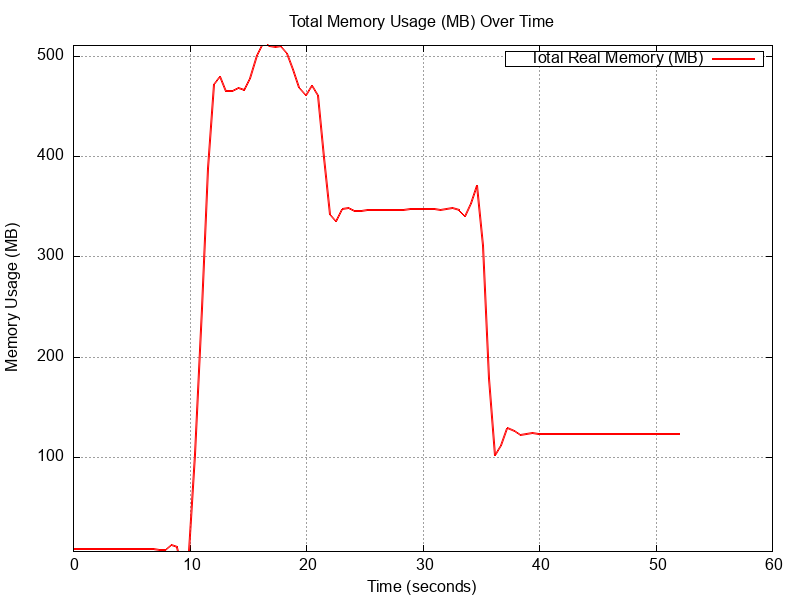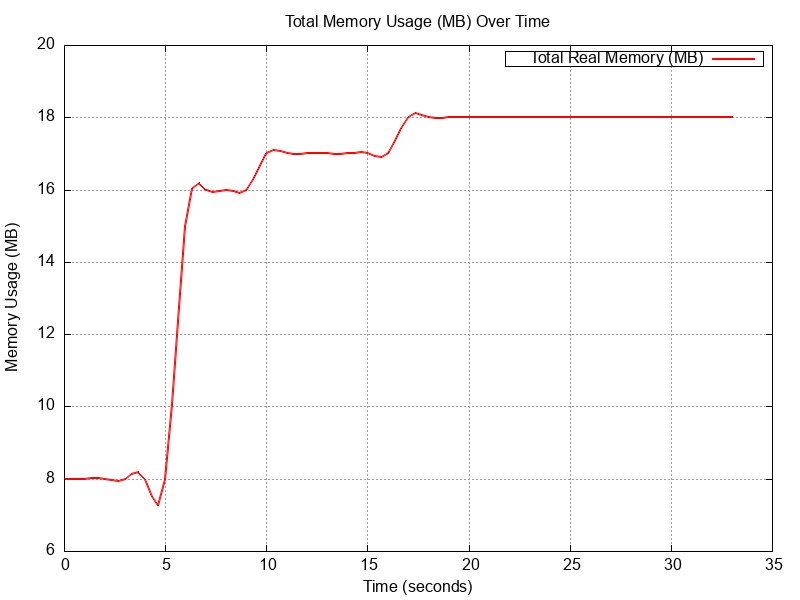Efficient JSON Processing: Streaming vs. Full Loading in Go

Handling large JSON payloads efficiently is crucial in API development. In this article, I compare two approaches for upserting airports data into a SQLite database:
- Full JSON Loading – Reads the entire JSON array into memory before processing.
- Optimized JSON Streaming – Processes JSON incrementally, reducing memory usage.
Using 1 million airport records, I benchmark both approaches and demonstrate why JSON streaming is the better choice for large payloads.
Why JSON Streaming?
Streaming JSON means reading and processing data piece by piece, instead of loading everything into memory at once. This is critical for large datasets to avoid excessive memory consumption or out-of-memory (OOM) crashes.
🔍 How Streaming Works
- Read the JSON start token (
[for an array). - Iterate through each airport entry, processing one at a time.
- Insert each entry into the database immediately.
- Read the closing token (
]) and finalize the operation.
This incremental parsing avoids storing the entire JSON object in memory.
The Two Approaches Compared
Full JSON Loading – The Naive Approach
handlers/v1/airports/nonstreaming.go:
// HandleNonStreamingUpsert handles the upsert of airports by reading the entire JSON array into memory.
func (h *handlers) HandleNonStreamingUpsert(w http.ResponseWriter, r *http.Request) {
// read full request body into memory.
body, err := ioReadAll(r.Body)
if err != nil {
web.RespondWithError(w, http.StatusBadRequest, "failed to read request body")
return
}
var airportsToBeUpserted []UpsertAirportRequest
if err := jsonUnmarshal(body, &airportsToBeUpserted); err != nil {
web.RespondWithError(w, http.StatusBadRequest, "invalid JSON format")
return
}
for _, request := range airportsToBeUpserted {
if err := validate.Check(request); err != nil {
web.RespondWithError(w, http.StatusBadRequest, err.Error())
return
}
if err := upsertAirport(r.Context(), h.db, request.ToAirport()); err != nil {
web.RespondWithError(w, http.StatusInternalServerError, errors.Wrap(err, "error upserting airport").Error())
return
}
}
web.Respond(w, http.StatusOK, UpsertAirportResponse{Message: "airports upserted"})
// manually trigger garbage collection to free up memory.
runtime.GC()
debug.FreeOSMemory()
}
Problems with Full JSON Loading:
- High memory consumption: Loads all records into RAM at once.
- Slow processing: No database insertion until the entire file is read.
- Risk of OOM crashes: Large datasets can exceed available memory.
Optimized JSON Streaming – The Efficient Approach
handlers/v1/airports/airports.go:
// HandleUpsert handles the upsert of airports in a streaming fashion.
func (h *handlers) HandleUpsert(w http.ResponseWriter, r *http.Request) {
ctr := newHttpResponseController(w)
bufReader := bufio.NewReaderSize(r.Body, maxBufferedReaderSize)
dec := json.NewDecoder(bufReader)
// check for opening '['.
if err := h.readExpectedToken(dec, json.Delim('[')); err != nil {
web.RespondWithError(w, http.StatusBadRequest, "invalid JSON: expected '[' at start")
return
}
// process each airport in the JSON object.
if herr := h.processAirports(r.Context(), dec); herr != nil {
web.RespondWithError(w, herr.code, herr.Error())
return
}
// check for closing ']'.
if err := h.readExpectedToken(dec, json.Delim(']')); err != nil {
web.RespondWithError(w, http.StatusBadRequest, "invalid JSON: expected ']' at end")
return
}
// flush response and finalize.
if err := ctr.Flush(); err != nil {
web.RespondWithError(w, http.StatusInternalServerError, err.Error())
return
}
web.RespondAfterFlush(w, UpsertAirportResponse{Message: "airports upserted"})
}
newHttpResponseController(w)creates a response controller that provides additional control over how the response is sent to the client.- This can be useful when working with streaming responses, as it allows explicit flushing of data to the client without waiting for the request to complete.
- In this specific case, it ensures that partial responses (if needed) can be flushed early, improving responsiveness when processing large payloads.
Benefits of JSON Streaming:
- Low memory usage: Only keeps one record at a time in memory.
- Faster execution: Database insertion starts immediately.
- Scalable: Handles millions of records without OOM crashes.
Benchmarking: Memory Usage & Performance
Benchmark utilities are under benchmark folder.
To compare these approaches, I:
- Generated a large JSON file with 1 million airport records.
- Ran the API for both methods.
- Measured memory consumption over time.
Generating 1M Airport Records
$ ./json_gen.sh 1000000 big_airports.json
Generating 1000000 airports in big_airports.json...
Generation completed. File saved as big_airports.json
Running the API Server
$ make run PORT=4444
{"time":"2025-02-23T15:22:37.01061-03:00","level":"INFO","msg":"API listening on :4444"}
📡 Sending the API Request
$ curl -v "http://localhost:4444/api/v1/airports" -H "Content-Type: application/json" --data-binary @big_airports.json
Full JSON Loading (High Memory Usage)

- Memory spikes above 500MB.
- High risk of OOM crashes.
Optimized Streaming (Low Memory Usage)

- Memory stays under 18MB.
- Scales efficiently with large JSON payloads.
Final Thoughts: JSON Streaming Wins!
- Avoid Full JSON Loading – It consumes too much memory and delays processing.
- Use JSON Streaming – Minimizes memory usage, speeds up processing, and scales to millions of records.
For large-scale applications, JSON streaming should be your default approach to handling massive payloads efficiently.